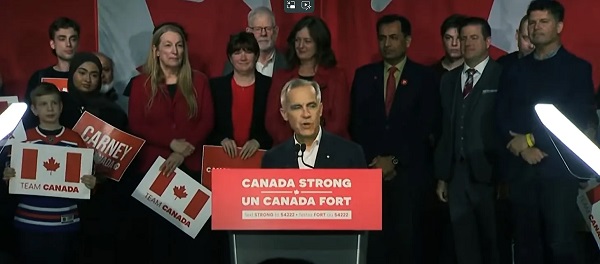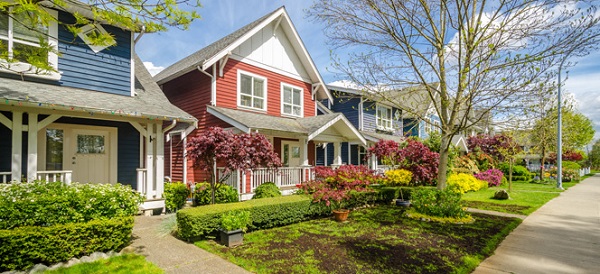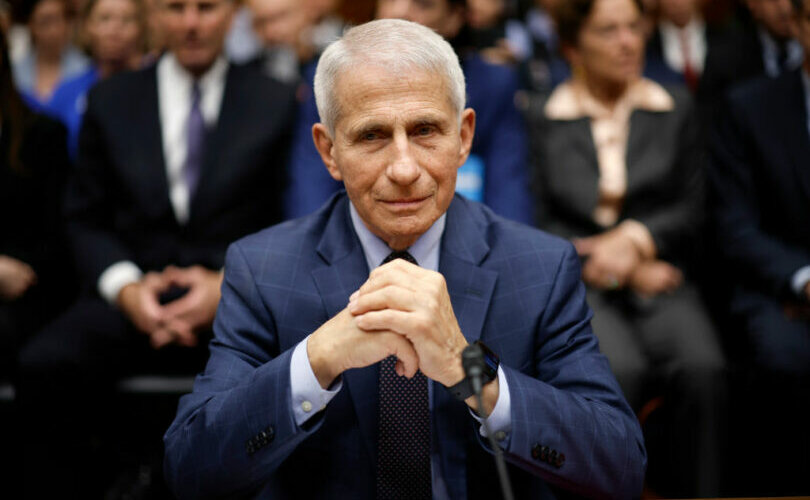Alberta
Police seize more than 66 kg of illicit drugs in interprovincial trafficking investigation
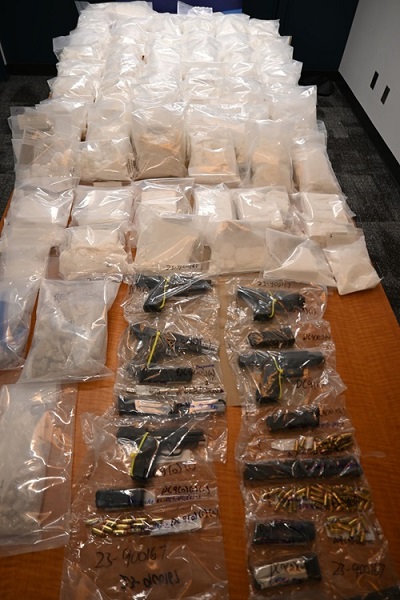
News release from the Edmonton Police Service
The Edmonton Police Service (EPS) has seized more than 66 kilograms of methamphetamine, cocaine, fentanyl and heroin in a large-scale drug investigation in central Edmonton.
In December 2023, members of the Edmonton Drug and Gang Enforcement Section (EDGE) initiated an inter-provincial drug trafficking investigation.
During the investigation, three male suspects were noted to be involved in various aspects of inter-provincial drug trafficking, including transporting drugs into and out of Alberta, as well as distributing them throughout Edmonton, including the inner-city community. A storage location for the drugs was located in a central Edmonton high rise apartment.
On May 9, 2024, police executed search warrants at three residences and four vehicles. As a result of the search warrants, EDGE members seized:
- 55.7 kg of methamphetamine, worth approximately $250,650
- 8.7 kg of cocaine, worth approximately $696,000
- 2.5 kg of fentanyl, worth approximately $300,000
- 83.5 grams of heroin, worth approximately $28,400
- 20 kg of buffing agent
- Five handguns, three of which were loaded at the time of seizure and two of which had defaced serial numbers. Two were also reported stolen in Saskatchewan and Alberta, and one originated from the U.S.
- Four vehicles with hidden compartments
- Approximately $20,000 in various currency
Drugs and firearms located in one of EPS’ largest-ever drug seizures
“This investigation is believed to be one of the largest, if not the largest, seizure of controlled substances in EPS history,” says Staff Sergeant David Paton, with the Edmonton Drug and Gang Enforcement (EDGE) Section. “Intercepting this huge volume of extremely harmful street drugs before they wreak havoc in our city is a rewarding outcome for our investigators, who have worked tirelessly for months on this operation.”
Jesse Koble, 29, is facing 27 charges, Mitchell Steeg, 31, is charged with nine offences, and Steven Santillana, 34 is charged with two offences, for a total of 38 drug and firearms-related criminal charges.
The EPS takes a strategic approach to drug and organized crime related violence through its Guns and Gangs Strategy. This plan considers the unique factors driving serious crime in the city, identifying key focus areas that require increased and sustained effort to reduce victimization and improve community safety.
The strategy leverages EPS’ internal expertise and external partnerships with other enforcement and social agencies to strike a balance between education, suppression, intervention, and prevention. It encompasses immediate and long-term solutions that both hold those perpetrating violence accountable and lead willing individuals away from gang association.
Alberta
Made in Alberta! Province makes it easier to support local products with Buy Local program

Show your Alberta side. Buy Local. |
When the going gets tough, Albertans stick together. That’s why Alberta’s government is launching a new campaign to benefit hard-working Albertans.
Global uncertainty is threatening the livelihoods of hard-working Alberta farmers, ranchers, processors and their families. The ‘Buy Local’ campaign, recently launched by Alberta’s government, encourages consumers to eat, drink and buy local to show our unified support for the province’s agriculture and food industry.
The government’s ‘Buy Local’ campaign encourages consumers to buy products from Alberta’s hard-working farmers, ranchers and food processors that produce safe, nutritious food for Albertans, Canadians and the world.
“It’s time to let these hard-working Albertans know we have their back. Now, more than ever, we need to shop local and buy made-in-Alberta products. The next time you are grocery shopping or go out for dinner or a drink with your friends or family, support local to demonstrate your Alberta pride. We are pleased tariffs don’t impact the ag industry right now and will keep advocating for our ag industry.”
Alberta’s government supports consumer choice. We are providing tools to help folks easily identify Alberta- and Canadian-made foods and products. Choosing local products keeps Albertans’ hard-earned dollars in our province. Whether it is farm-fresh vegetables, potatoes, honey, craft beer, frozen food or our world-renowned beef, Alberta has an abundance of fresh foods produced right on our doorstep.
Quick facts
- This summer, Albertans can support local at more than 150 farmers’ markets across the province and meet the folks who make, bake and grow our food.
- In March 2023, the Alberta government launched the ‘Made in Alberta’ voluntary food and beverage labelling program to support local agriculture and food sectors.
- Through direct connections with processors, the program has created the momentum to continue expanding consumer awareness about the ‘Made in Alberta’ label to help shoppers quickly identify foods and beverages produced in our province.
- Made in Alberta product catalogue website
Related information
Alberta
Province to expand services provided by Alberta Sheriffs: New policing option for municipalities

Expanding municipal police service options |
Proposed amendments would help ensure Alberta’s evolving public safety needs are met while also giving municipalities more options for local policing.
As first announced with the introduction of the Public Safety Statutes Amendment Act, 2024, Alberta’s government is considering creating a new independent agency police service to assume the police-like duties currently performed by Alberta Sheriffs. If passed, Bill 49 would lay additional groundwork for the new police service.
Proposed amendments to the Police Act recognize the unique challenges faced by different communities and seek to empower local governments to adopt strategies that effectively respond to their specific safety concerns, enhancing overall public safety across the province.
If passed, Bill 49 would specify that the new agency would be a Crown corporation with an independent board of directors to oversee its day-to-day operations. The new agency would be operationally independent from the government, consistent with all police services in Alberta. Unlike the Alberta Sheriffs, officers in the new police service would be directly employed by the police service rather than by the government.
“With this bill, we are taking the necessary steps to address the unique public safety concerns in communities across Alberta. As we work towards creating an independent agency police service, we are providing an essential component of Alberta’s police framework for years to come. Our aim is for the new agency is to ensure that Albertans are safe in their communities and receive the best possible service when they need it most.”
Additional amendments would allow municipalities to select the new agency as their local police service once it becomes fully operational and the necessary standards, capacity and frameworks are in place. Alberta’s government is committed to ensuring the new agency works collaboratively with all police services to meet the province’s evolving public safety needs and improve law enforcement response times, particularly in rural communities. While the RCMP would remain the official provincial police service, municipalities would have a new option for their local policing needs.
Once established, the agency would strengthen Alberta’s existing policing model and complement the province’s current police services, which include the RCMP, Indigenous police services and municipal police. It would help fill gaps and ensure law enforcement resources are deployed efficiently across the province.
Related information
-
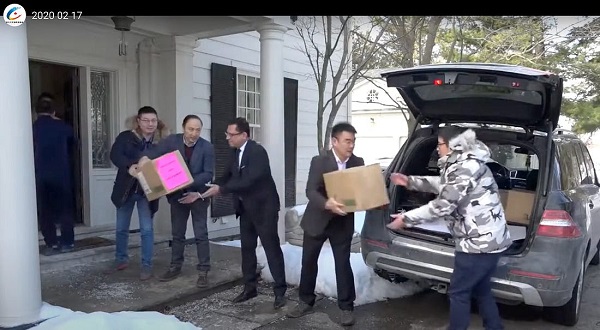
 2025 Federal Election2 days ago
2025 Federal Election2 days agoPPE Videos, CCP Letters Reveal Pandemic Coordination with Liberal Riding Boss and Former JCCC Leader—While Carney Denies Significant Meeting In Campaign
-
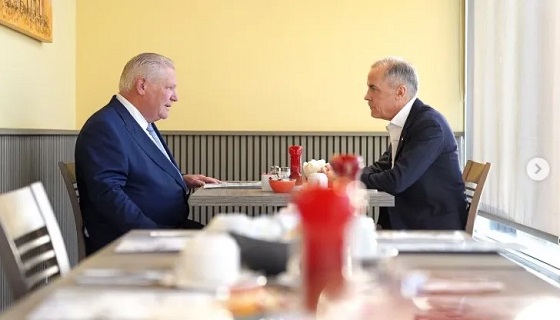
 2025 Federal Election2 days ago
2025 Federal Election2 days agoTrudeau and Carney Have Blown $43B on EVs
-
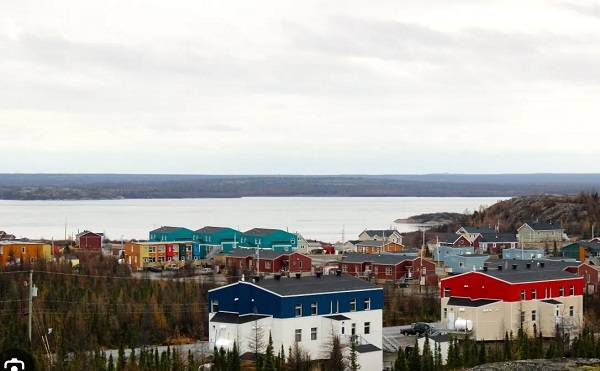
 2025 Federal Election1 day ago
2025 Federal Election1 day agoNo Matter The Winner – My Canada Is Gone
-
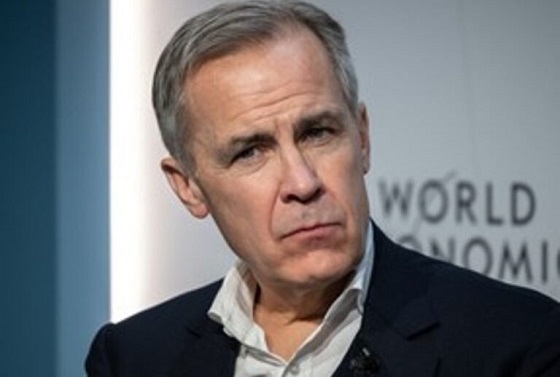
 2025 Federal Election1 day ago
2025 Federal Election1 day agoASK YOURSELF! – Can Canada Endure, or Afford the Economic Stagnation of Carney’s Costly Climate Vision?
-

 2025 Federal Election1 day ago
2025 Federal Election1 day agoInside Buttongate: How the Liberal Swamp Tried to Smear the Conservative Movement — and Got Exposed
-

 Alberta1 day ago
Alberta1 day agoProvince to expand services provided by Alberta Sheriffs: New policing option for municipalities
-

 Alberta1 day ago
Alberta1 day agoMade in Alberta! Province makes it easier to support local products with Buy Local program
-
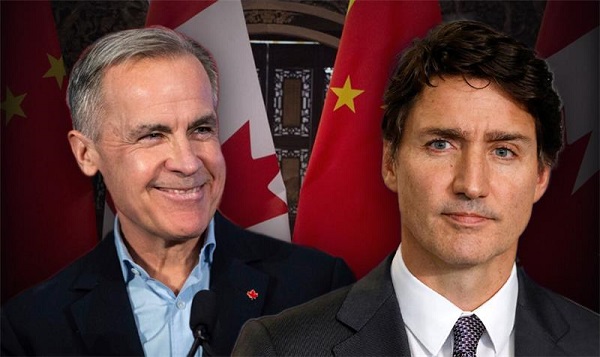
 2025 Federal Election1 day ago
2025 Federal Election1 day agoCSIS Warned Beijing Would Brand Conservatives as Trumpian. Now Carney’s Campaign Is Doing It.



